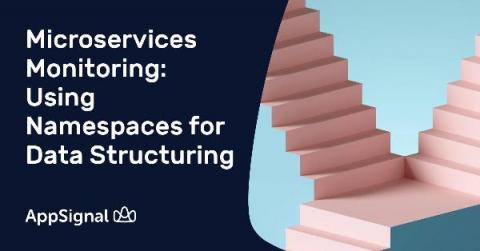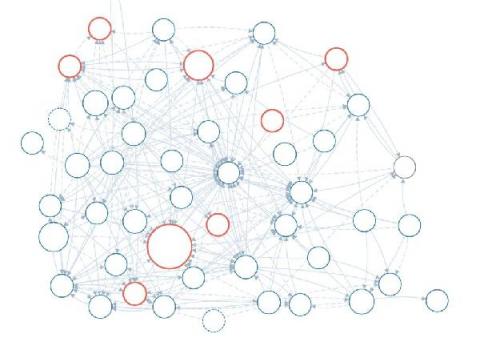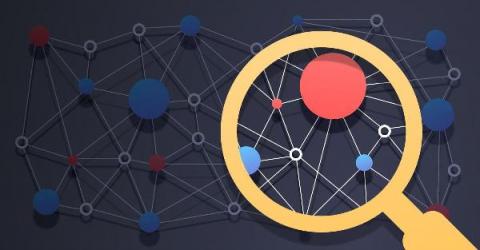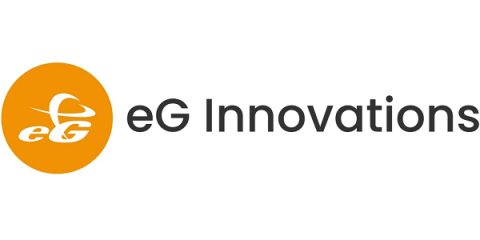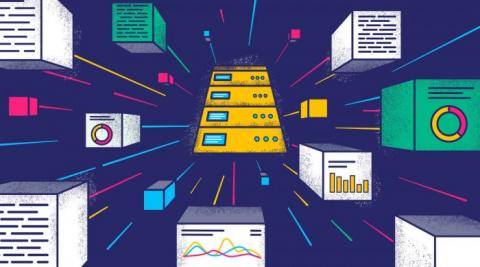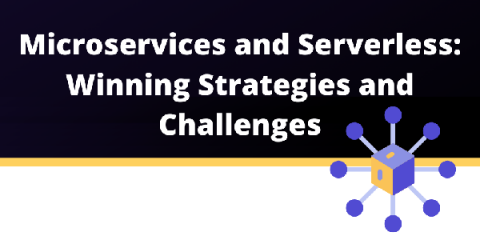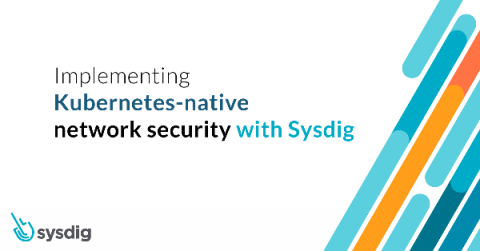Microservices Monitoring: Using Namespaces for Data Structuring
Microservice architecture is a software design pattern in which we write applications by combining several small programs. These programs, which are called microservices, work together for a common goal. For some teams, it takes a lot less time and effort to write several small applications than a single large one.


